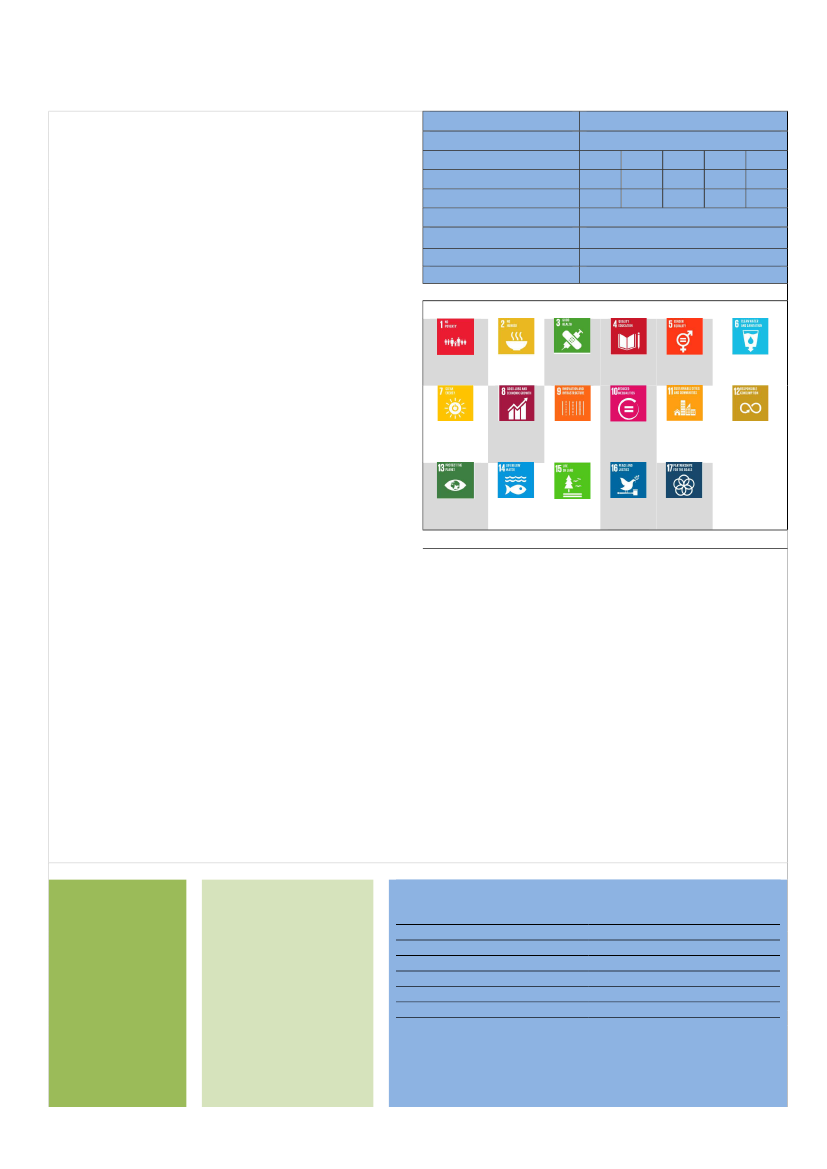
Danish Organisation Strategy
for International Organization for Migration (IOM)
Introduction
:
IOM is the leading intergovernmental organization in the field of
migration. IOM works to ensure humane and orderly management of
migration through the provision of advice, capacity building and
services to governments on migration policies and management as
well as advice and humanitarian assistance to migrants. Furthermore,
IOM has a convening role in fostering international cooperation and
coordination on migration issues, including within the UN system.
This role has been strengthened with the Global Compact for Safe,
Orderly and Regular Migration (GCM). Finally, IOM is a key source
of data and knowledge on migration and displacement trends.
Udenrigsudvalget 2022-23 (2. samling)
URU Alm.del - Bilag 172
Offentligt
File No.
Responsible Unit
2022-18394
Geneva
Mill.
2023 2024 2025 2026 total
Commitment
75
100 100 100 375
Projected ann. Disb.
75
100 100 100 375
Duration of strategy
2023-2026 (4 years)
§06.32.10.14
Finance Act code.
Desk officer
Lea Rasmussen
Financial officer
Michael Schou Olsen
Key results
:
Enhancing strategic and organizational effectiveness of IOM.
Enhancing IOM’s role in the UN system and partnerships.
Improving capacity building of governments and relevant
authorities for better migration management.
Strengthening IOM’s engagement on the linkage between climate
change and irregular migration and forced displacement.
SDGs relevant for Programme
No Poverty
No
Hunger
Good
Health,
Wellbeing
Quality
Education
Gender
Equality
Clean Water,
Sanitation
Justification for support:
IOM’s work is well aligned with key Danish priorities on
strengthening orderly and humane migration management, helping
more people better along the migratory routes, and addressing the
drivers of irregular migration, including climate change.
IOM has an extensive field presence and is recognized as a
relevant, efficient and agile organization in terms of responding to
evolving migration challenges and crisis globally. IOM also has a
strong field presence in regions of priority for Denmark, including
in the Sahel, North Africa and the Horn of Africa.
IOM is the leading UN organization facilitating international
cooperation on migration and is coordinating joint UN support to
member states to implement the GCM.
Covering the full spectrum of the HDP-nexus, IOM’s
interventions is well placed to not just deliver, but also to provide
knowledge and evidence on how to operationalize the nexus
approach.
Affordable
Clean Energy
Decent
Jobs, Econ.
Growth
Industry,
Innovation,
Infrastruct
ure
Reduced
Inequalities
Sustainable
Cities,
Communiti
es
Responsible
Consumption
& Production
Climate
Action
Life below
Water
Life on
Land
Peace &
Justice,
strong Inst.
Partnership
s for Goals
Risk and challenges:
IOM’s weak core structure due to organizational growth, low
level of unbound funding and new roles within the UN system,
exposes it to both financial and reputational risks, and challenges
delivering on strategic priorities. Despite a budget reform in
2022, IOM still needs to continue internal organizational reforms
as well as its efforts to diversify the donor base.
Few donors provide unearmarked funding.
IOM works in a risk prone environment.
How will we ensure results and monitor progress:
Engaging strategically and constructively with IOM at HQ,
regional and country level throughout the year.
Monitoring Danish priorities based on IOM’s Strategic Results
Framework, IOM’s annual narrative and financial reporting, and
taking note of collective performance of the UN Development
System.
Conducting annual consultations and engaging in likeminded
donor group as well as IOM governing bodies.
Danish involvement in governance structure
Denmark is a member of the IOM Council and participates
actively in its sessions as well as preparatory meeting
Strat. objectives
The overall objective of
Denmark’s support to
IOM is to strengthen
orderly and humane
migration management,
addressing the drivers
of irregular migration,
including climate
change, and to
strengthen international
and UN coordination
and cooperation in this
regard.
Priority results
1. Enhanced strategic and
organizational effectiveness of
IOM
2. Enhancement of IOM’s
role in the UN system and
partnerships
3. Supporting capacity
building of governments and
relevant authorities for better
migration management
4. Addressing the linkages
between climate change and
irregular migration and forced
displacement
Established
HQ
Director General
Human Resources
Country presence
Budget 2022
Membership
Core information
1951
Geneva
António Vitorino
19.000 staff worldwide
175
2.9 billion USD
175 countries